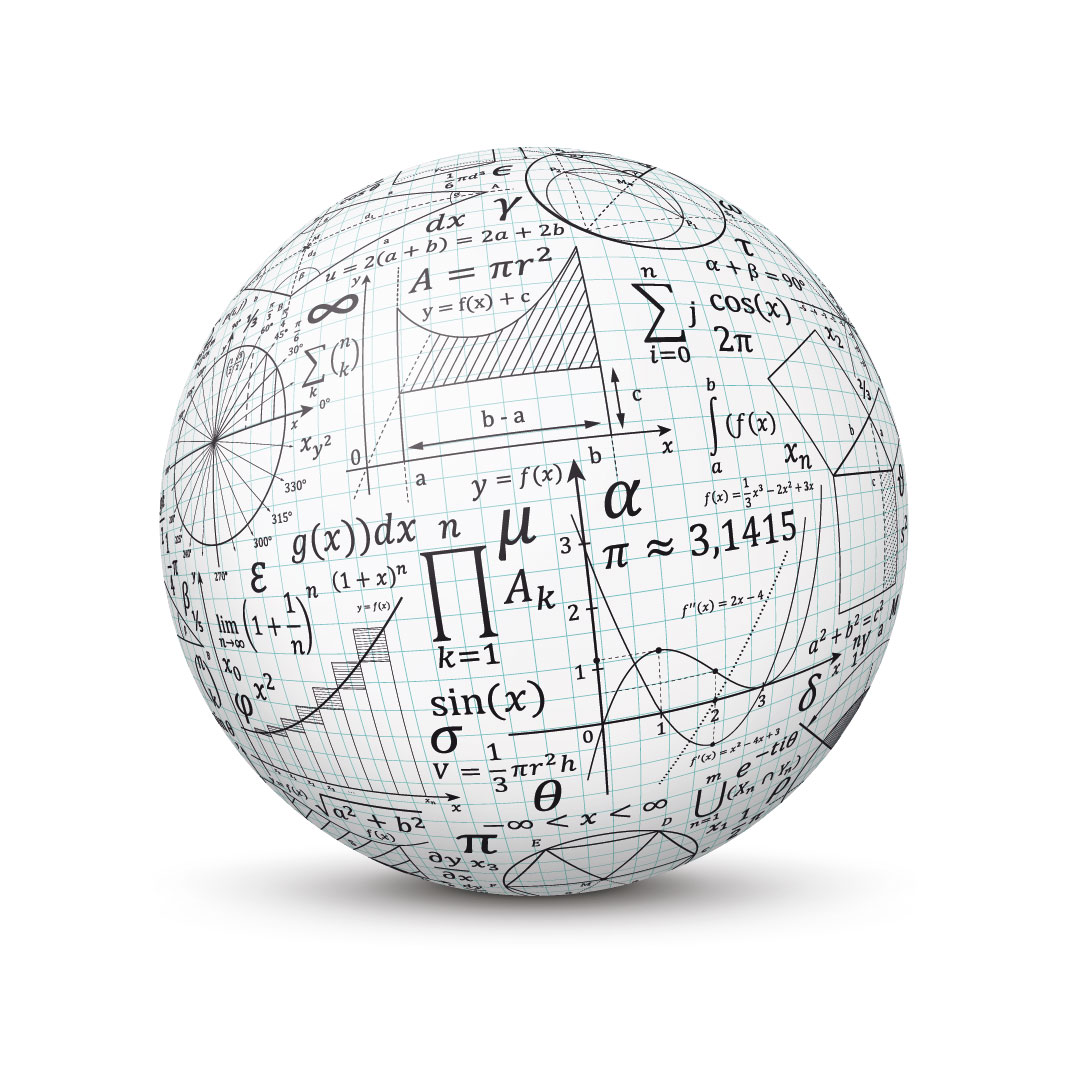
A stochastic volatility approximation for a tick-by-tick price model with mean-field interaction
Trento Probability Seminar

Abstract: We consider a tick-by-tick model of price formation, in which bid and ask orders are modeled as self-exciting point processes (Hawkes process), similar to the one in [El Euch, Fukasawa, Rosenbaum, The microstructural foundations of leverage effect and rough volatility, Finance and Stochastics, 2018]. We study the aggregation of a large number of these point processes, supposing that they are mutually interacting in a mean-field sense.
The financial interpretation is that of an asset on which several labeled agents place bid and ask orders following these point processes, influencing the price. The mean-field interaction introduces positive correlations between order volumes coming from different agents that reflect features of real markets such as herd behavior and contagion. When the large scale limit of the aggregated asset price is computed, if parameters are set to a critical value, a singular phenomenon occurs: the aggregated model converges to a stochastic volatility model with leverage effect and faster-than-linear mean reversion of the volatility process. The faster-than-linear mean reversion of the volatility process is supported by econometric evidence, and we have linked it in [Dai Pra, Pigato, Multi-scaling of moments in stochastic volatility models, Stochastic Processes and their Applications, 2015] to the observed multifractal behavior of market indices. This seems connected to the Statistical Physics perspective, which expects anomalous scaling properties to arise in the critical regime, as observed in most traditional mathematical models for Statistical Mechanics. (joint work with Paolo Dai Pra).